Blog Details
The Blancpain X Swatch Scuba Fifty Fathoms Follows the MoonSwatch Formula
February 8, 2024
But can the latest collaboration compete with the hype of its predecessor?

On September 9th, Swatch's latest co-branded affordable watch hit stores. The Scuba Fifty Fathoms follows a similar formula to the MoonSwatch with some key differences. For this release, Swatch once again employed the strategy of selling solely through physical retailers to create greater exclusivity and hype. The brand also kept the same case material and playful design language. But more important are the glaring distinctions between the MoonSwatch and Scuba Fifty Fathoms, from the $400 price tag to Blancpain's weaker mass appeal.
Specifications
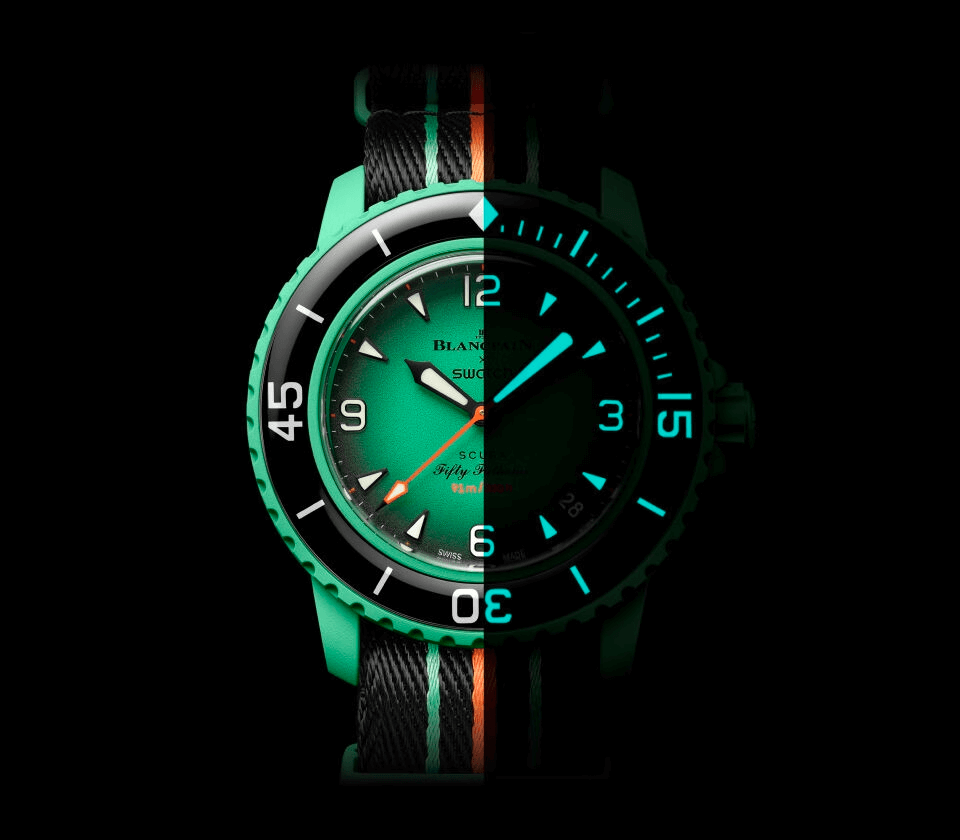
The luminescent hour markers, hands, and bezel of the Fifty Fathoms Scuba "Indian Ocean"
The Scuba Fifty Fathoms is made of Bioceramic, a material composed of two-thirds ceramic and one-third plastic derived from castor oil. The case is 42.3 millimeters in diameter, 14.4 millimeters thick, and has a very wearable lug-to-lug measurement of 48 millimeters. While large, those dimensions are far smaller than those of Blancpain's 45-millimeter Fifty Fathoms model. The case was designed with diving in mind; it offers a respectable water resistance rating of 90 meters, or approximately 50 fathoms, and the unidirectional rotating bezel includes a fully luminescent 60-minute diving scale. The case, "biosourced" plastic crystal, and bezel have been treated with a scratch resistant coating.
The Scuba Fifty Fathoms comes on a NATO strap made from fishing nets that have been removed from the sea. While functional, the extra fabric beneath the case adds to the watch's already considerable thickness. Additionally, the absence of spring bars makes changing straps difficult.
The model is available in five variations colored after nudibranchs from the Pacific, Atlantic, Indian, Antarctic, and Arctic Oceans. Unlike the MoonSwatch Mission to the Moon, no model has the same color scheme as the real Fifty Fathoms. The Pacific, Atlantic, and Indian Ocean models look most like the original, featuring the Fifty Fathoms' recognizable Arabic numerals at three, six, nine, and twelve. The latter two are differentiated by the absence of a date wheel and numerals; the Antarctic has a water contact indicator, and the Arctic has a "no radiation" symbol to pay homage to the Fifty Fathoms' status as the first dive watch without radium. Like the bezel, the hands and markers of all models use Grade A Super-LumiNova.
An important difference between the Scuba Fifty Fathoms and the MoonSwatch is the movement. The use of the mechanical Swatch Sistem51 caliber is one of the biggest factors that justify the $140 price difference between the two releases. Production of the movement is fully automated, including the final adjustment which is done by a laser. The Sistem51 boasts a 90-hour power reserve and an anti-magnetic Nivachron hairspring. Controversially, the caliber is disposable; it cannot be adjusted or serviced and will be thrown out when it stops working. Despite the Sistem51's low cost, Swatch has gone to the effort of decorating the movement with the nudibranch corresponding to the model's ocean. This detail is viewable through a sapphire caseback.
Thoughts
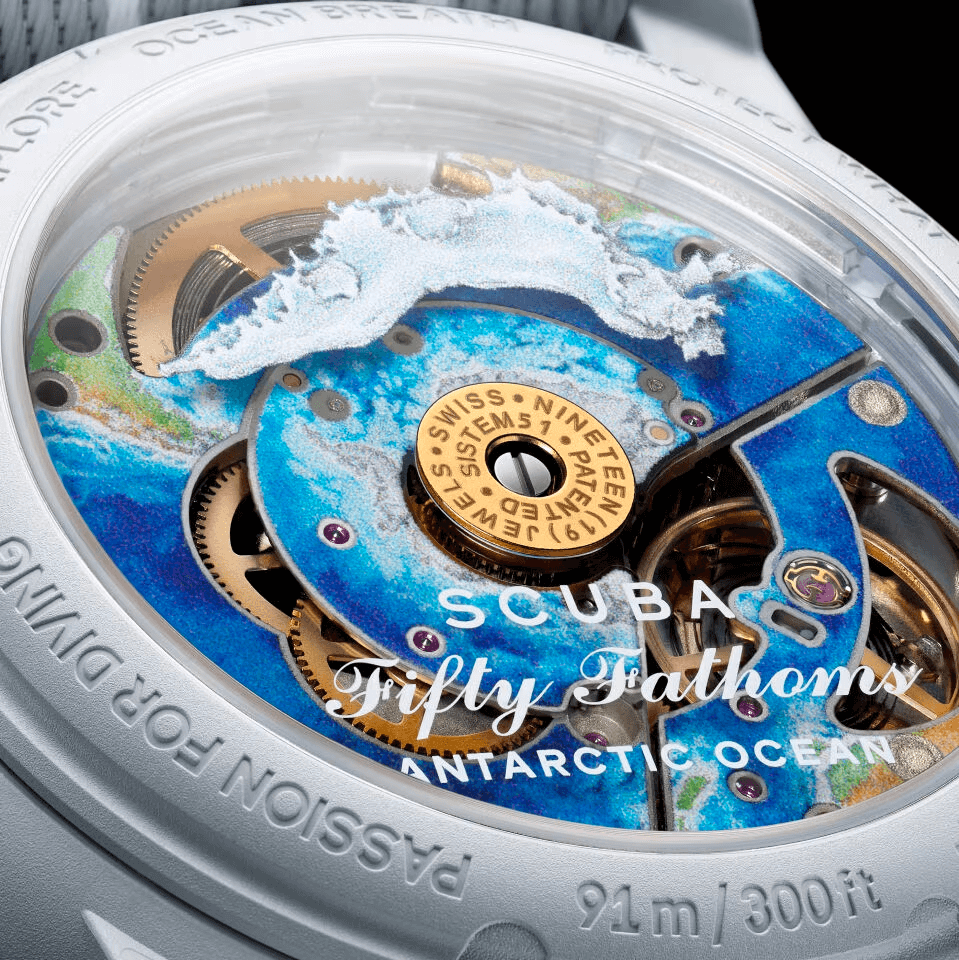
The exposed Swatch Sistem51 movement replete with nautical artwork
In predicting the success of the Scuba Fifty Fathoms in relation to the MoonSwatch, it's impossible to avoid some unfortunate truths. First, the Fifty Fathoms is less mass-appealing than the Speedmaster. Although the model was among the first modern dive watches, the story of the Fifty Fathoms can hardly compete with the Speedmaster's trips to the Moon.
The brand has also done a worse job of bringing the Fifty Fathoms design to a large customer base. Omega has made the Speedmaster available in a multitude of styles and sizes. Blancpain's new Fifty Fathoms models are famously unwearable, with cases as large as 45 millimeters. The Bathyscaphe, a variation of the model available in smaller sizes, bears little resemblance to the original and therefore has less appeal as a heritage dive watch. Blancpain has only made smaller examples using the 1950s design in limited editions.
Lastly, Omega has solidified its status in popular culture through product placement and mass advertising. The Moonwatch is viewed as a desirable but still attainable luxury watch. In contrast, Blancpain is a high horology brand. The $15,000 price tag of the Fifty Fathoms prices out most consumers. While that may mean you feel like you're getting an even better deal by buying an "authentic" $400 version, the watch's relatively unobtainable pricing combined with Omega's superior marketing and recognition means fewer people considered the Fifty Fathoms in the first place.
The MoonSwatch drew astonishing crowds. Models sold for a hefty premium on the secondary market. Many were willing to wait hours in line to get their hands on their favorite model. According to Swatch, the brand sold over one million units in 2022. Strong MoonSwatch sales continued into 2023, accounting for a substantial share of the Swatch Group's 18% net sales growth from the previous year reported in its half-year report. In addition, the MoonSwatch was novel; creating a cheap but authentic version of a luxury watch was unheard of. The new Fifty Fathoms homage could not possibly hope to compete with this hype.
With all that said, is the watch any good? The quality of the MoonSwatch watch did not live up to expectations, which were admittedly unreasonably high for a $260 watch. Still, the largely plastic Bioceramic case did not hold up well even for a cheap watch. The chronograph pushers occasionally detached themselves. The colorful dye of some cases even rubbed off onto the wrist. Other customers complained of misaligned chronograph hands. The consensus from enthusiasts was that the watch was an expensive Swatch and not a cheap Omega. While the same sentiment still applies to the Scuba Fifty Fathoms (i.e., it's still just a Swatch with a cheap movement), the watch's specifications are better; you get a solid case construction, decent lume, and passable water resistance.
Both releases raise an obvious question: Is the Swatch Group damaging its prestigious brands to make a quick buck? Most likely the collaborations are mutually beneficial–a MoonSwatch hardly replaces a Moonwatch for most buyers. Although many who bought the watch would never buy the real thing due to the massive price disparity, the releases have brought a massive amount of publicity for both the Moonwatch and Fifty Fathoms, financially benefiting the brands by increasing the popularity of the models. According to Bloomberg, the MoonSwatch release generated an over 50% increase in sales of the Speedmaster Moonwatch in Omega stores. However, the gap between the prices of the Scuba Fifty Fathoms Swatch imitation and the original model is even greater than the gap between the MoonSwatch and Speedmaster. Consequently, the conversion of buyers of the Swatch variant to buyers of the original model will be smaller.
The co-branding strategy continues to be lucrative. The only question is which Swatch Group brand will be next.
Write a Comment
Recent Posts
5 Brand Revivals to Watch
September 26, 2024
Will Audemars Piguet Continue to Grow under New Leadership?
September 6, 2024
The 5 Best High-End German Watch Brands
July 30, 2024
A Guide to Seikos New Releases
July 1, 2024
The Battle to Make the Thinnest Watch
June 27, 2024
The Limited-Edition Zenith Defy Zero G Sapphire
June 27, 2024
Watch Industry Trends in 2024
June 3, 2024
The Best Attainable High Complications
June 3, 2024
The Best Sector Dial Watches at Every Price
May 24, 2024
How To Choose a Watch
May 24, 2024
A Guide to TAG Heuers Latest Glassbox Chronographs
May 24, 2024
A Guide to Rolexs Releases from Watches and Wonders 2024
April 16, 2024
The Best Releases of 2024 So Far
April 9, 2024
Blancpain Finally Releases the Fifty Fathoms in 42mm
April 9, 2024
The Omega X Swatch Snoopy MoonSwatch
April 3, 2024
H. Moser & Cie Pioneer Tourbillon Midnight Blue
March 28, 2024
The Best Luxury Alternatives to the Royal Oak and Nautilus
March 22, 2024
The Best Affordable Integrated-Bracelet Sports Watches
March 20, 2024
A Brief Introduction to Microbrands
March 20, 2024
Omega Launches a White-Dial Speedmaster
March 20, 2024
How Do Affordable Watches Generate Hype?
March 15, 2024
The New Piaget Polo 79
March 15, 2024
Unique Complications You Might Not Know
December 8, 2023
The F.P. Journe Octa Divine
December 8, 2023
A Guide to Leather Watch Straps
September 22, 2023
The Biggest Tudor News in 2023
September 22, 2023
Should I Buy Used Watches Online or In-Person? Pros and Cons
September 21, 2023
An Overview of Rolex's New Releases
April 18, 2023
The Best Luxury Field Watches on the Market
March 24, 2023
The Unexpected Redemption of the Code 11.59
March 14, 2023
Submariner vs. Sea-Dweller: Which Should I Buy?
March 14, 2023
The Best of High-End Quartz
February 21, 2023
Watches from Movies and TV You Might Have Missed
February 10, 2023
The Richard Mille RM 030 Japan Limited Edition
December 30, 2022
THE GREUBEL FORSEY BALANCIER S CARBON
December 7, 2022
Rolex Explorer Watches
October 8, 2015
Rolex Daytona Cosmograph
October 7, 2015
Rolex Air King Watches
September 8, 2015
Insane Watches Worn By the Rich And Famous
July 10, 2015
8 Best Luxury Watches For Travel
July 10, 2015
MONTRES BREGUET: REINVENTING THE SOUL OF HOROLOGY
May 12, 2015






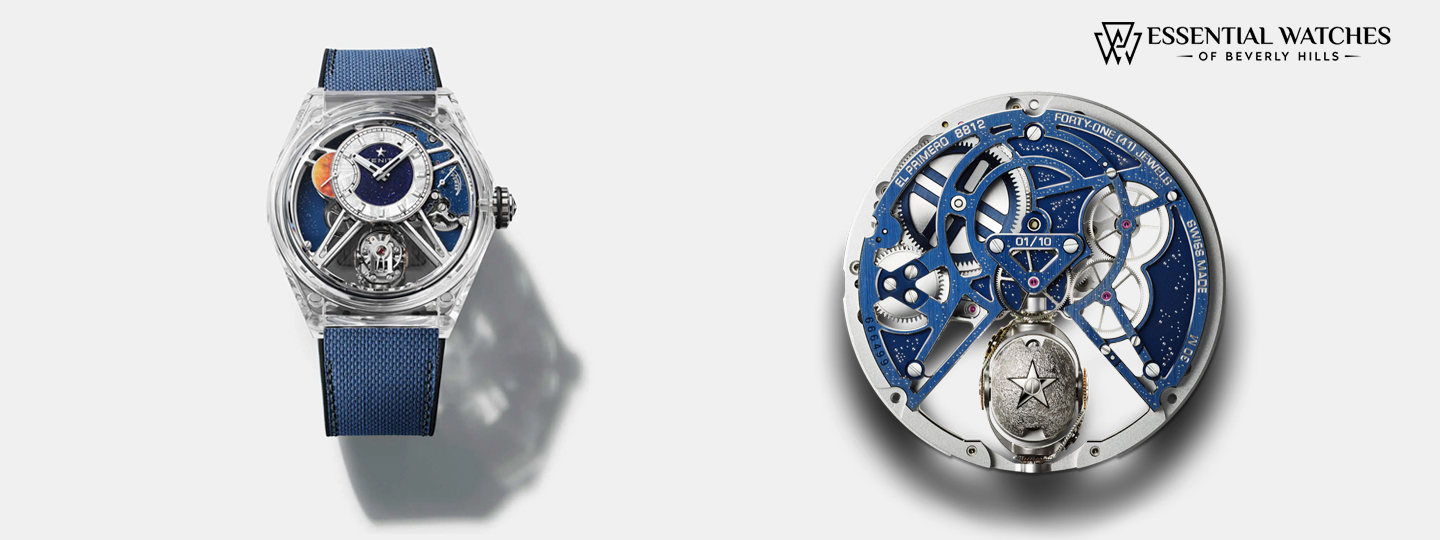





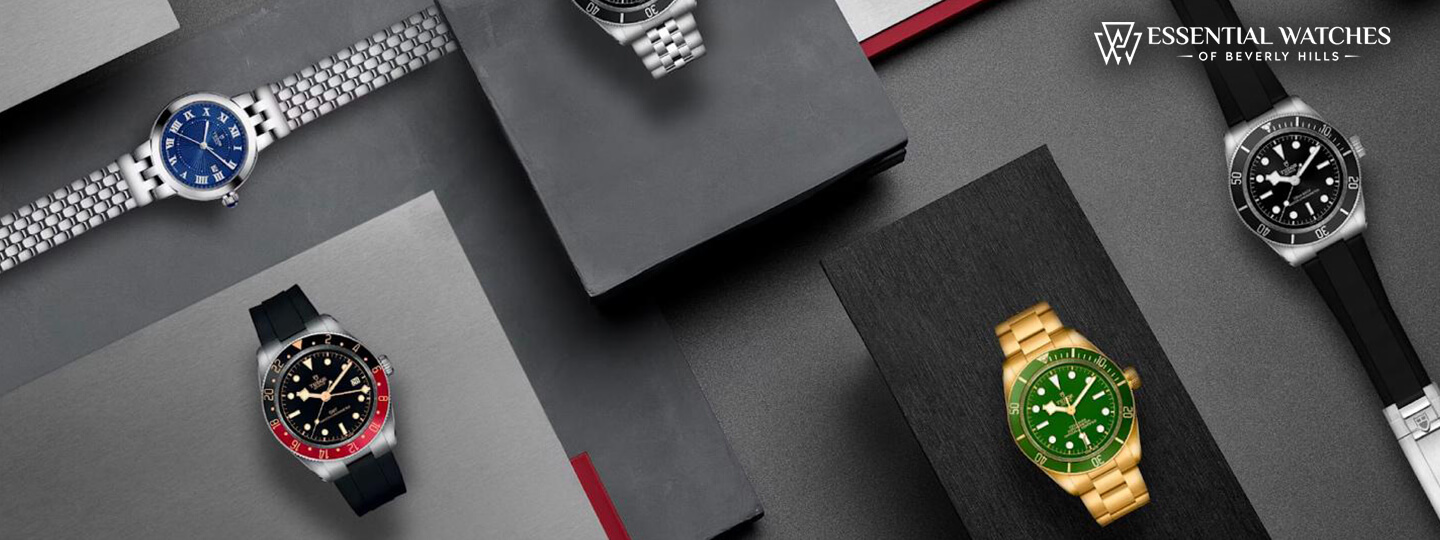
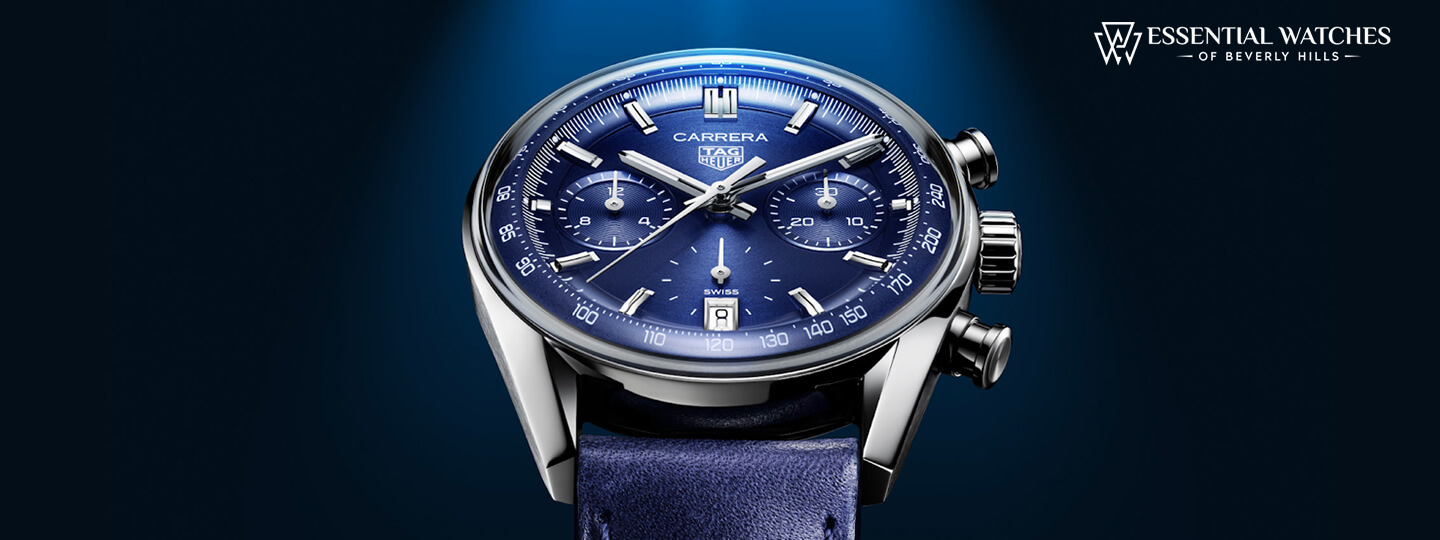


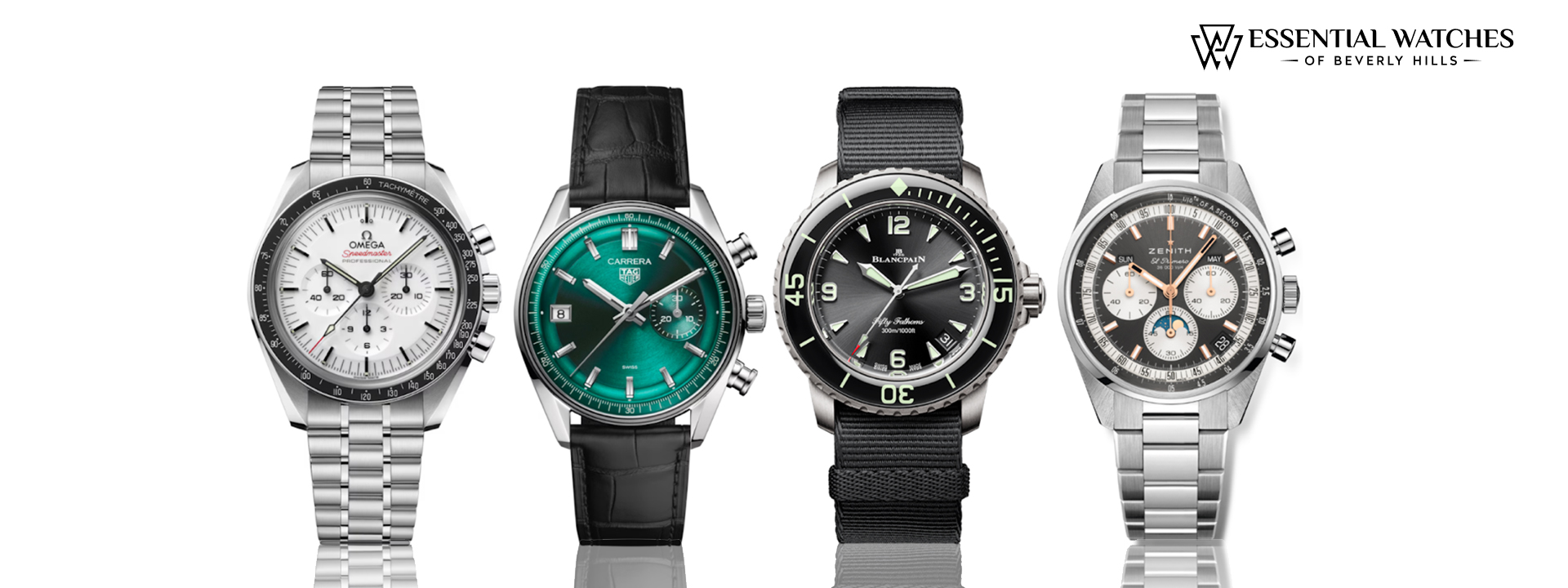
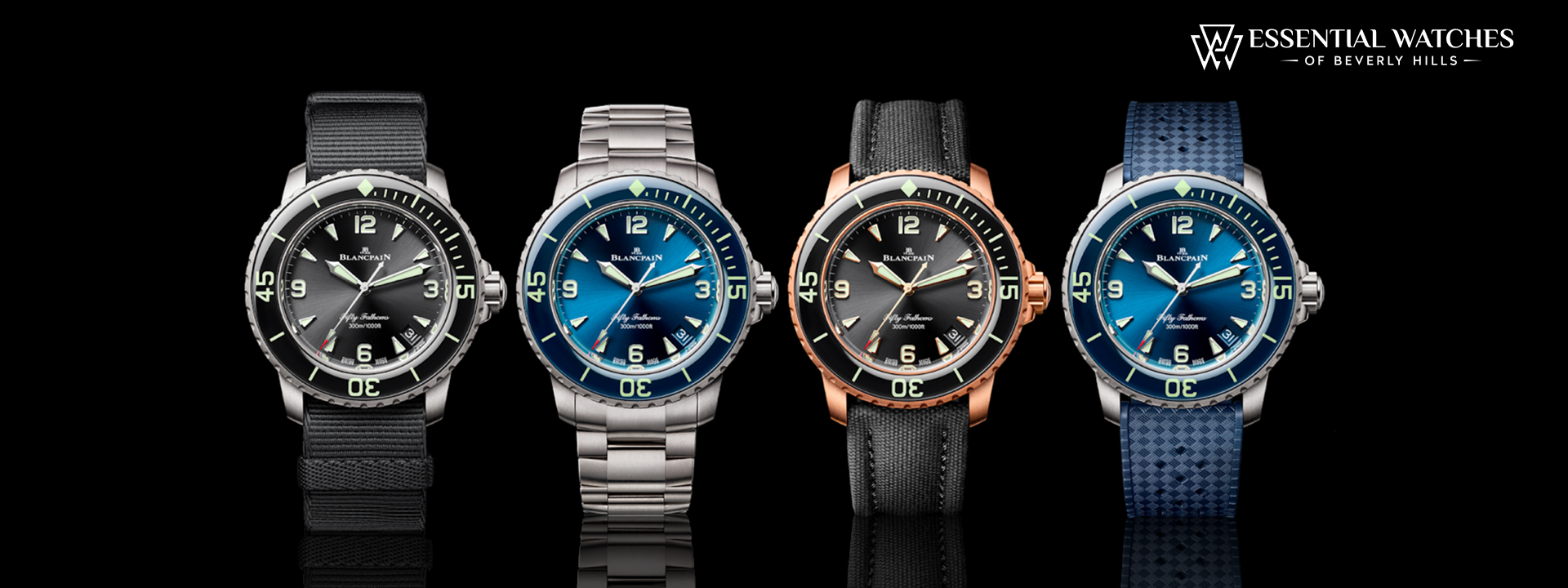


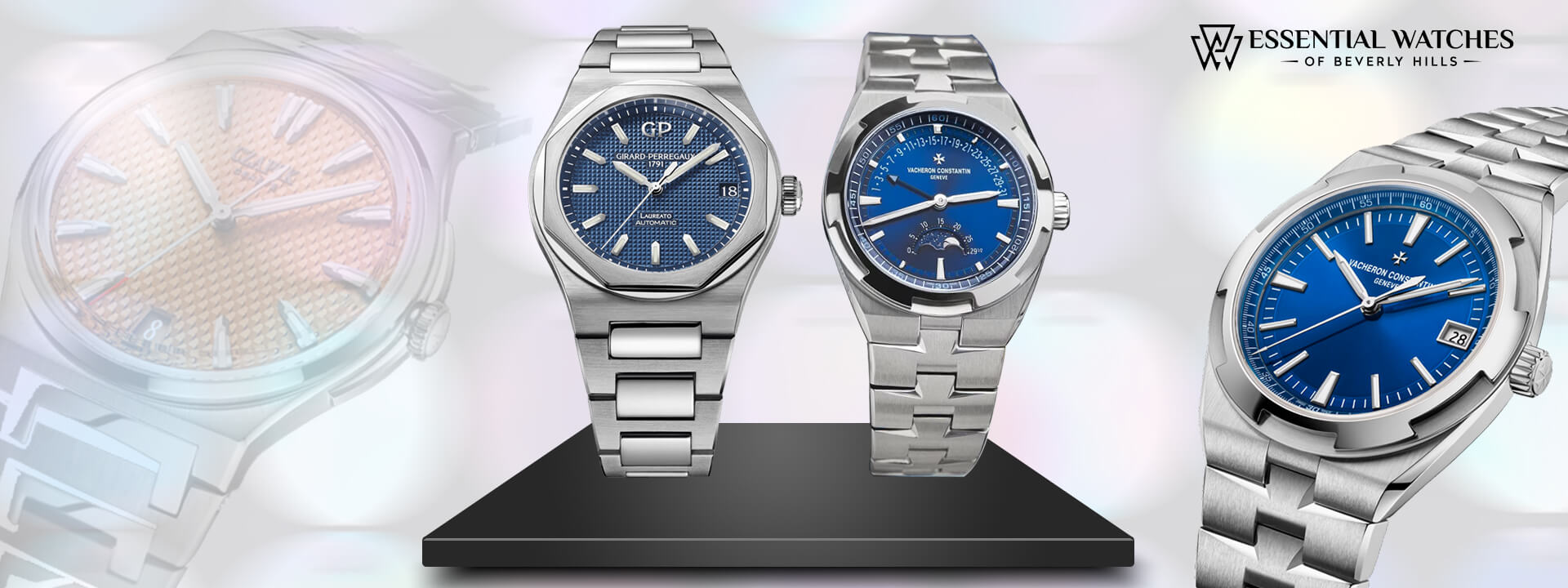

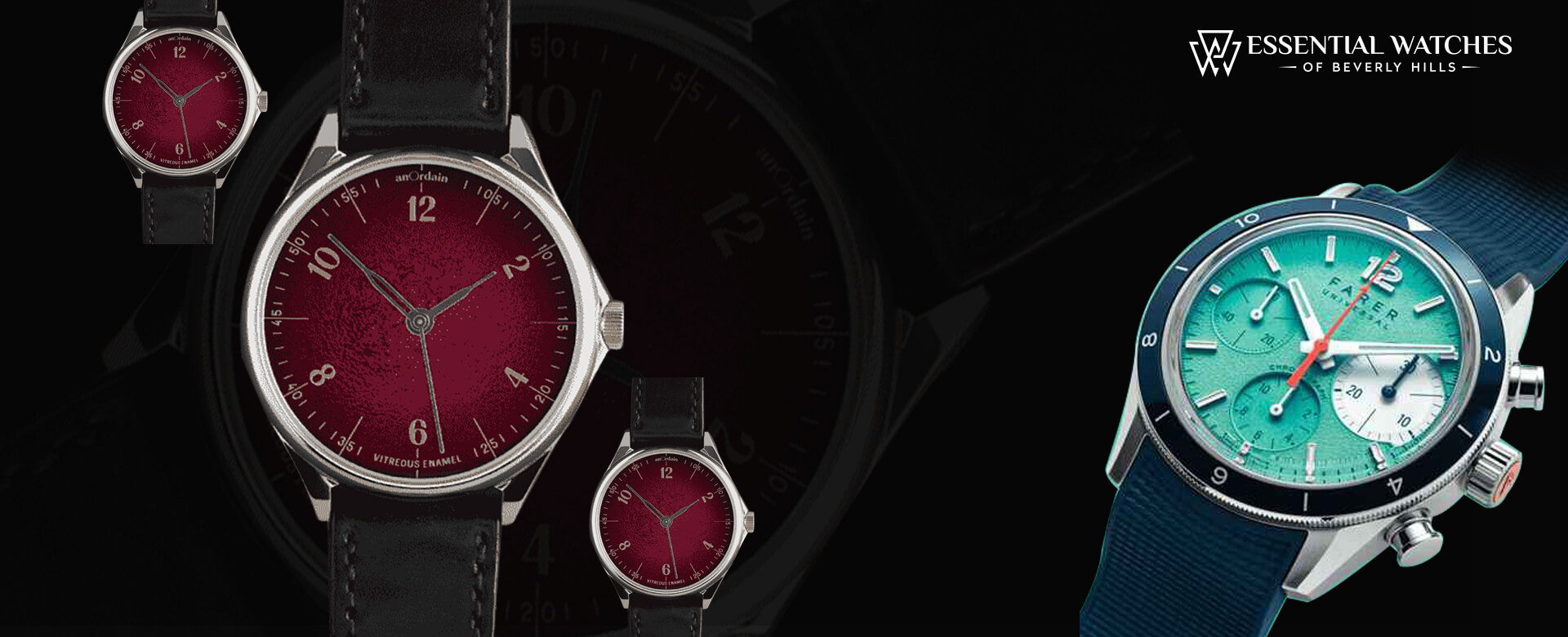
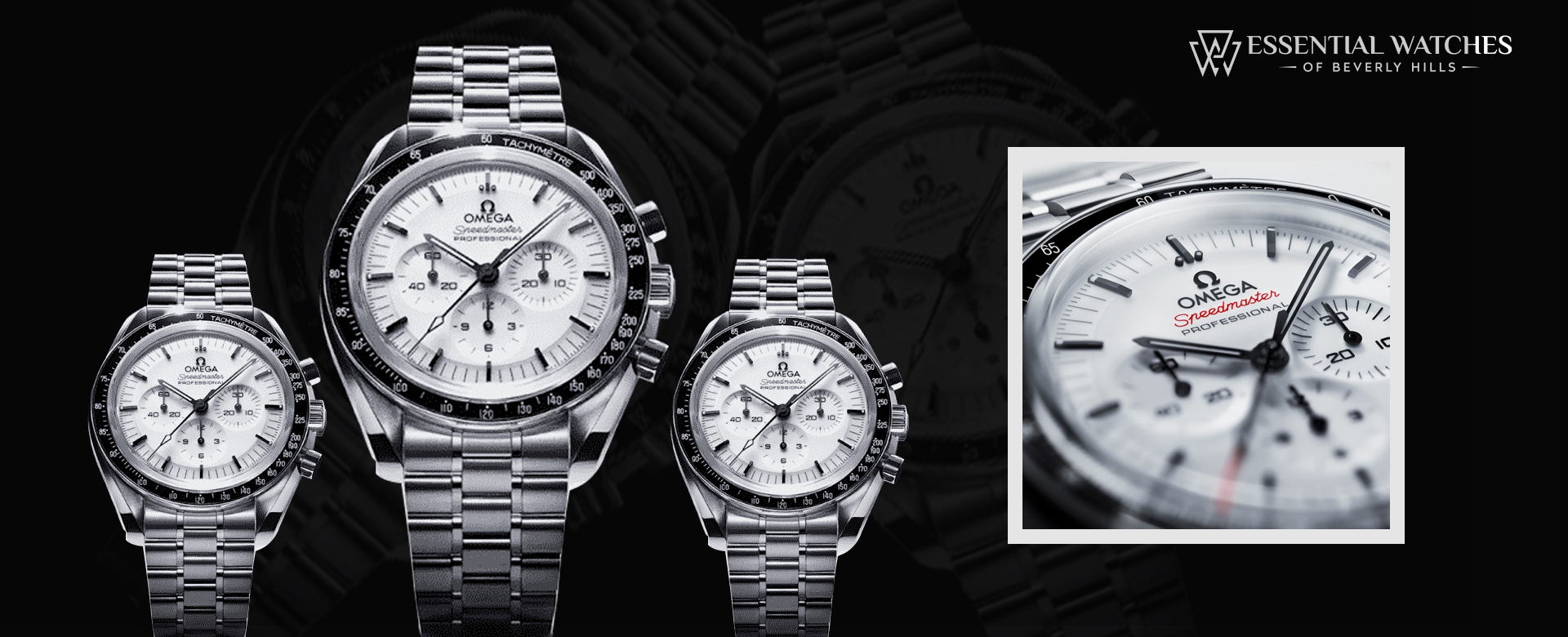
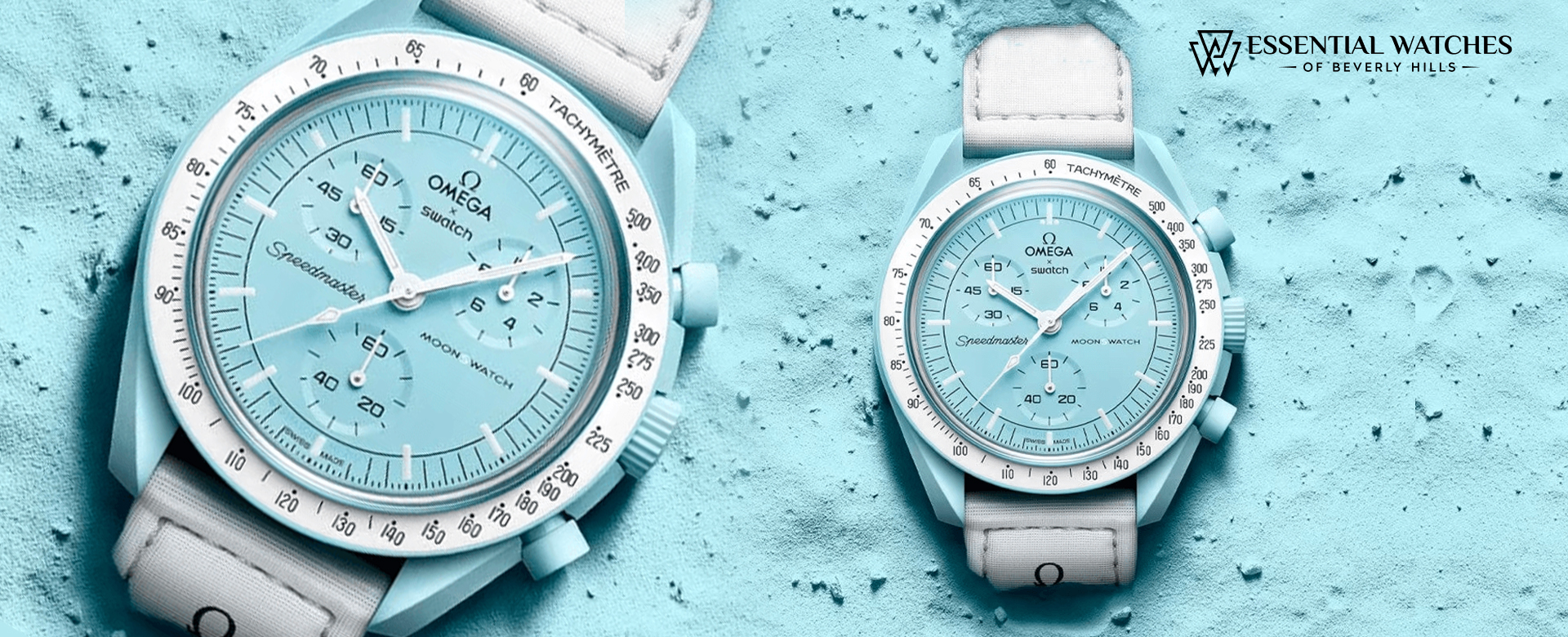
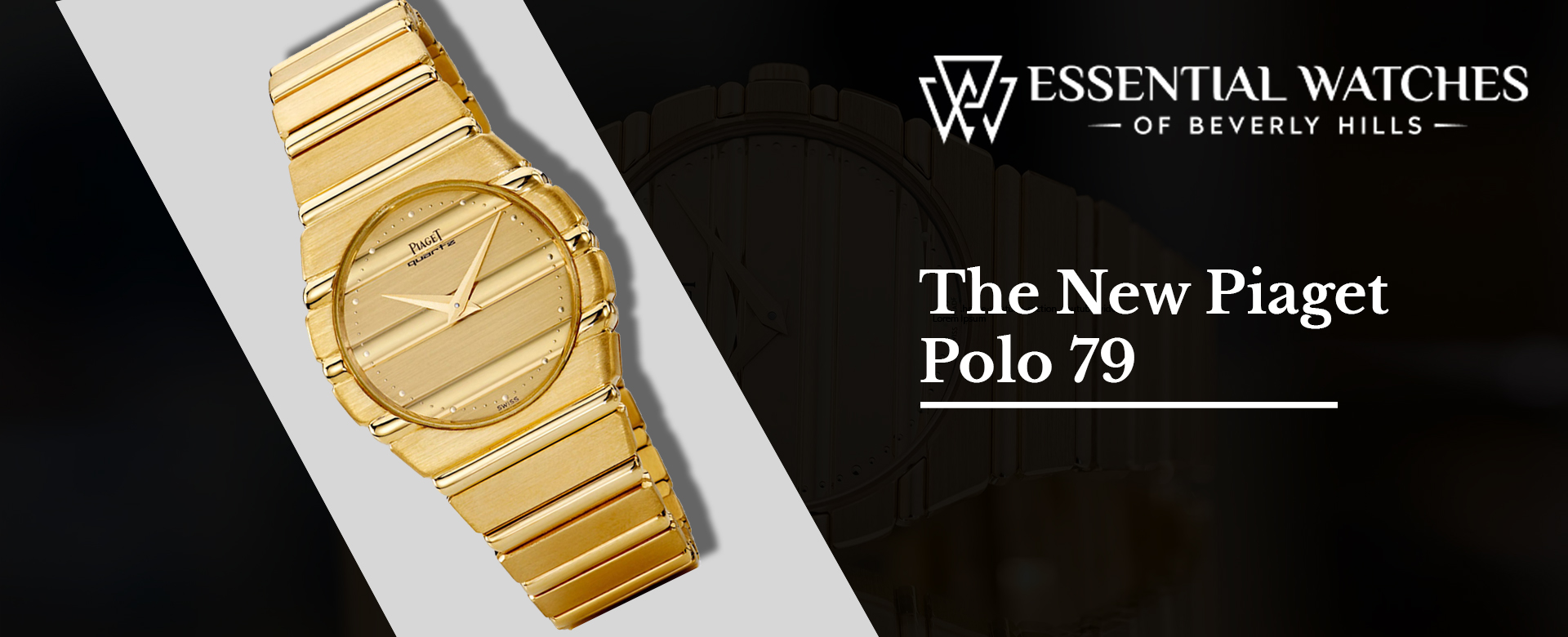
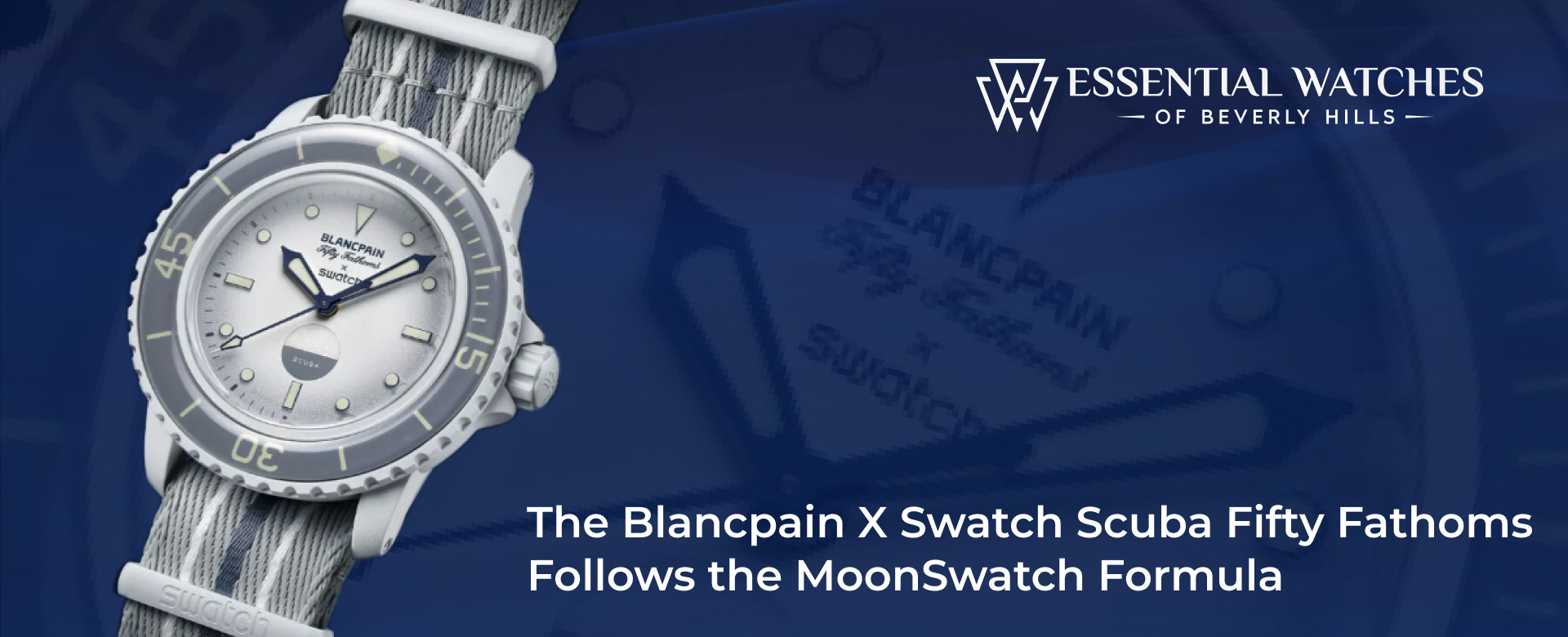









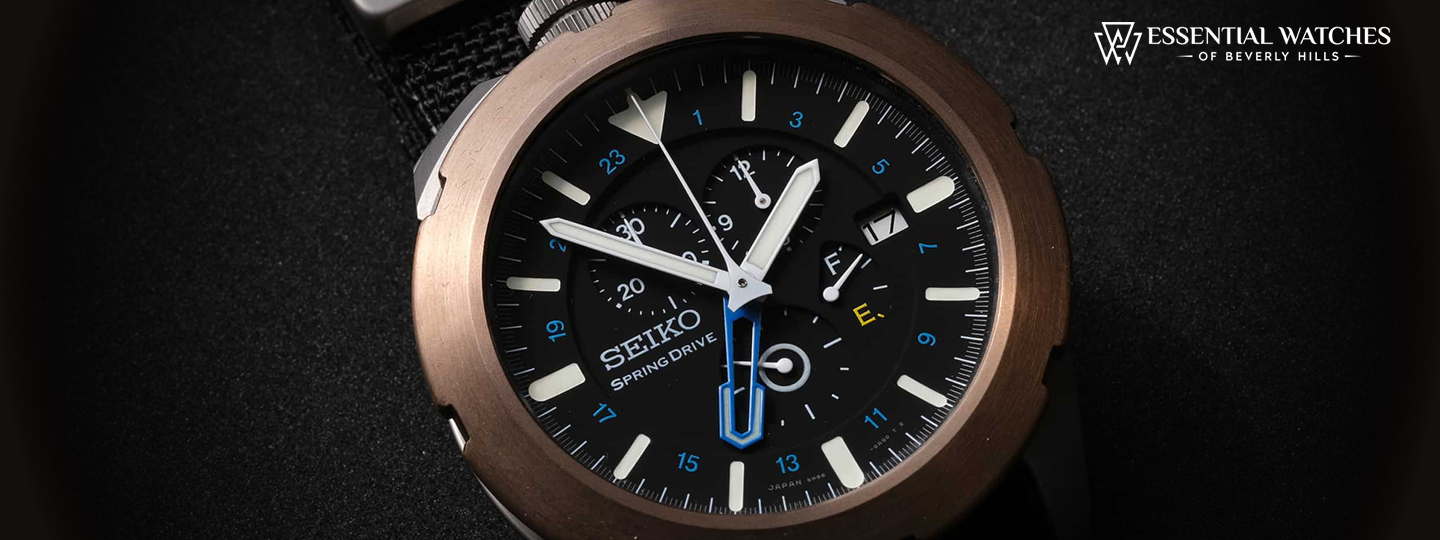




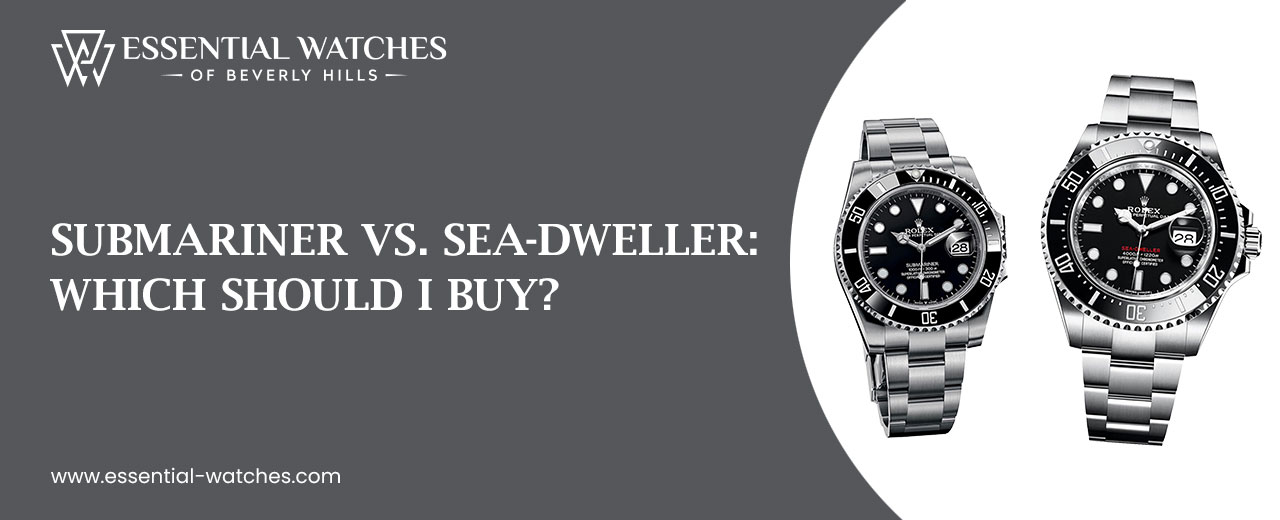



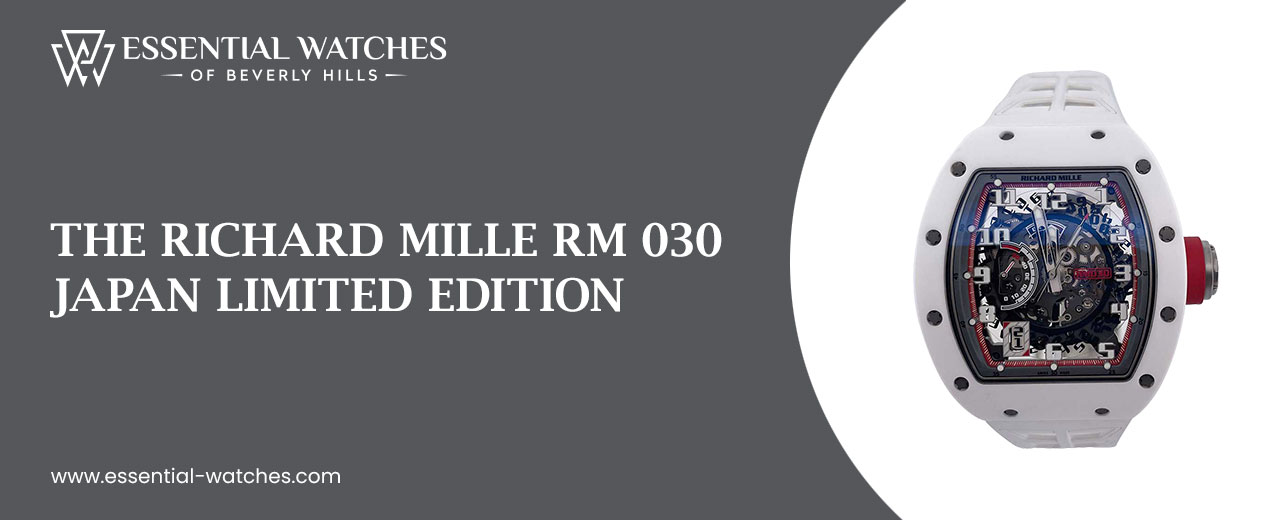

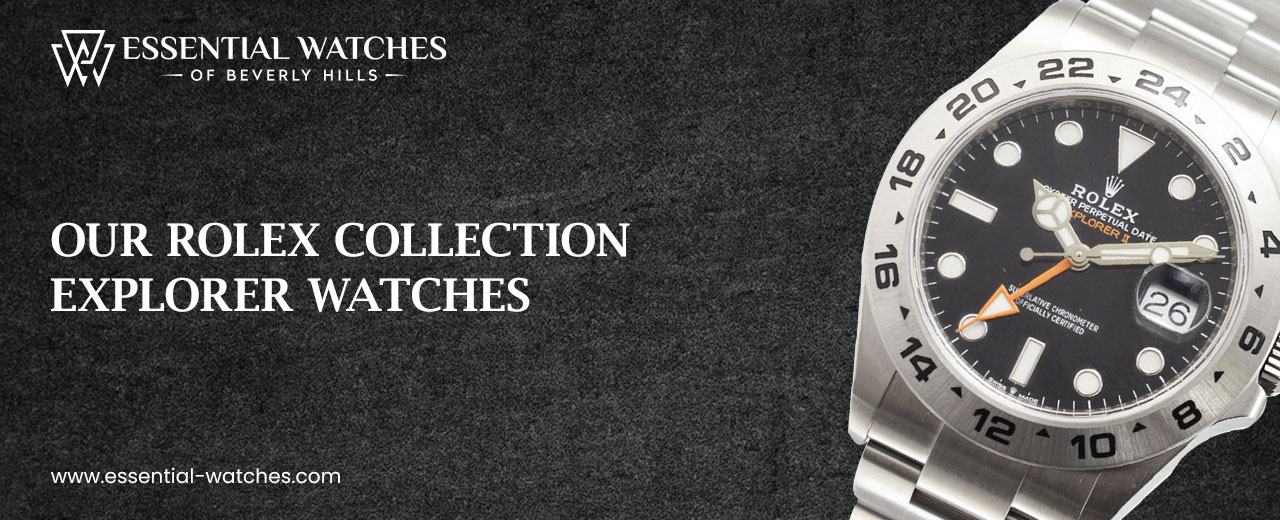
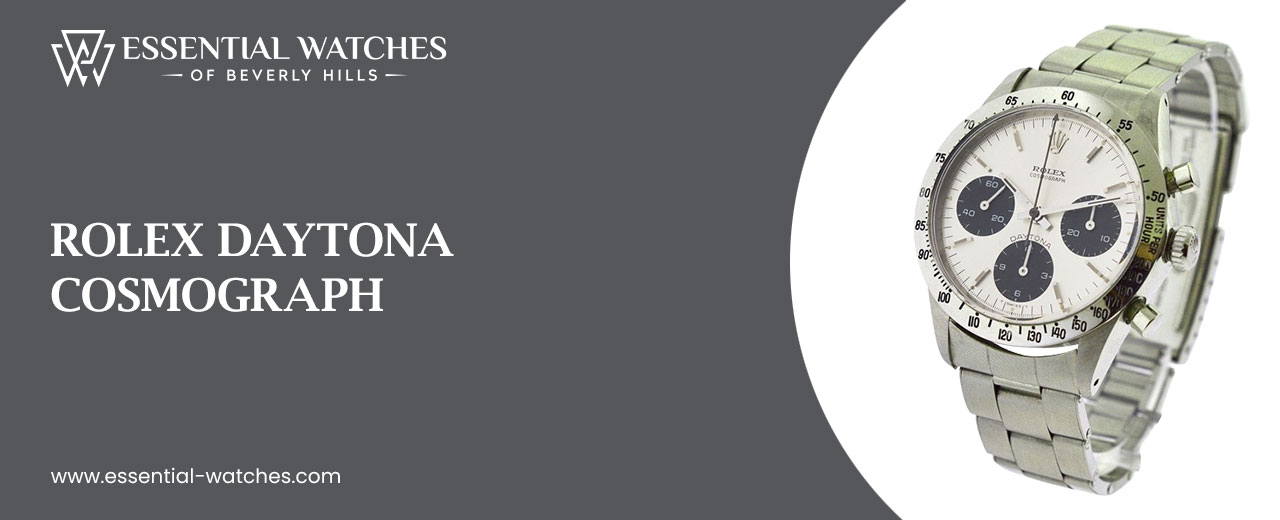
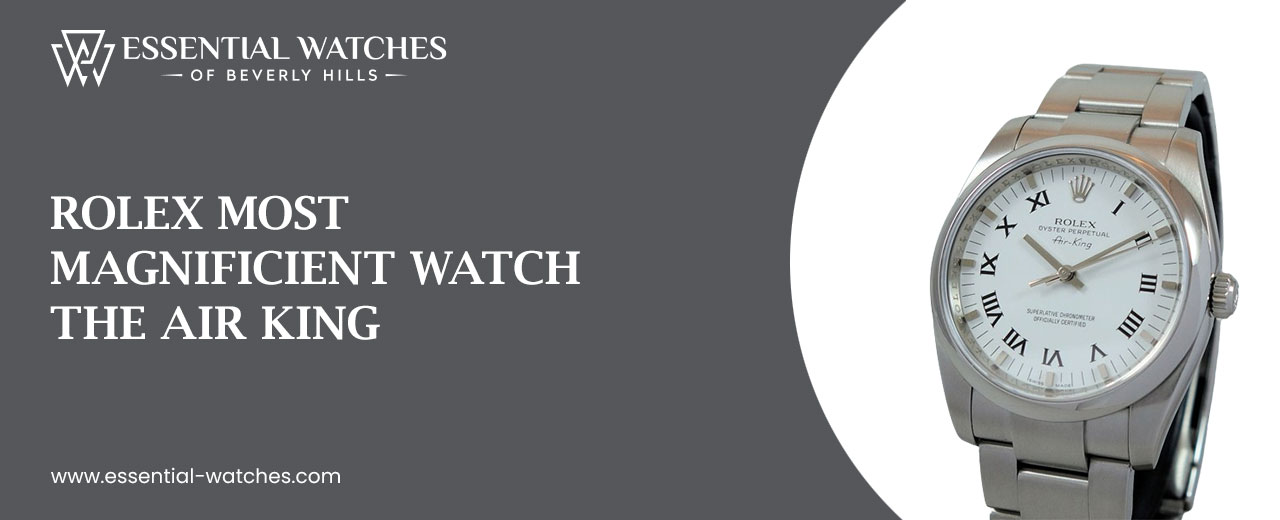





0 Comments